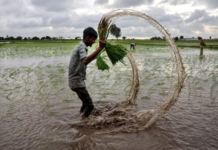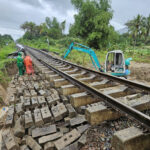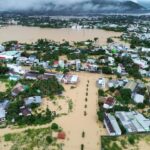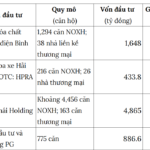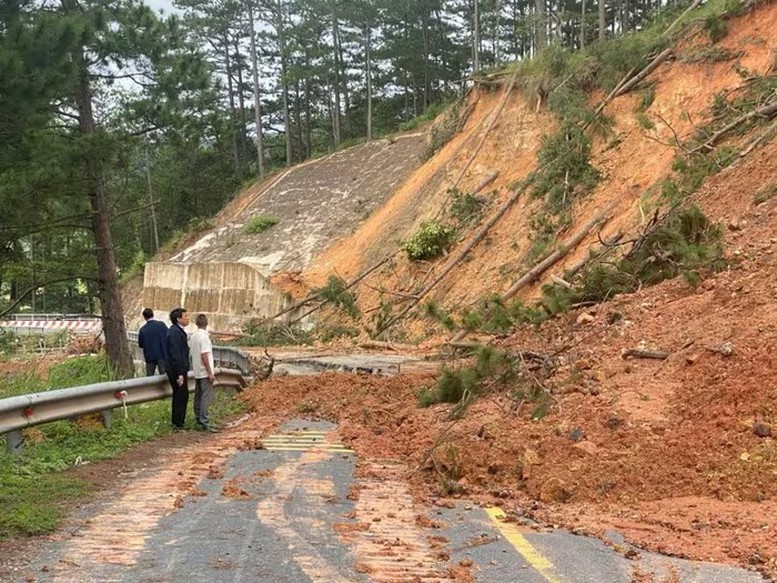
Vietnam’s Road Administration Collaborates with Khanh Hoa, Lam Dong to Restore Vital Highways After Landslides
Heavy rainfall in late November 2025 triggered severe landslides across national highways in the Central, Central Highlands, and South-Central regions, disrupting traffic on critical routes like QL27C and QL20.
As major landslides emerged, Vietnam’s Road Administration (under the Ministry of Construction) swiftly deployed task forces led by directors from Road Management Zones III and IV. These teams were dispatched to affected provinces to oversee emergency response efforts, mobilizing manpower, machinery, and resources to address the crisis.
On November 23, two specialized task forces were established: one led by Road Management Zone III, partnering with Khanh Hoa’s Department of Construction to tackle damage on QL27C, and another from Zone IV collaborating with Lam Dong’s Department of Construction to clear landslides and restore traffic on QL20, focusing on Mimosa Pass, Prenn Pass, and D’Ran Pass.
These highways serve as strategic links between the South-Central coast and the Central Highlands, making their swift restoration critical for national defense, cargo transport, civilian travel, and emergency rescue operations.
In Khanh Hoa, on November 24, Mr. Nguyen Thanh Binh, Director of Road Management Zone III, led a joint inspection with the provincial Department of Construction to assess all landslide-affected areas on QL27C, including the severely damaged Khanh Le Pass.
Controlled Blasting Expedites Road Clearance
At sites with large rock obstructions, the Road Administration coordinated with local authorities and Military Zone 5 to conduct controlled blasting, accelerating debris removal. Concurrently, Zone III mandated 24/7 standby for maintenance contractors and BOT operators to respond to new incidents, perform temporary repairs, and safeguard infrastructure. The goal is to reopen the highway by December 1 while ensuring safety for all travelers.
In Lam Dong, a task force led by Mr. Nguyen Van Thanh, Director of Road Management Zone IV, collaborated with the provincial Department of Construction, Project Management Unit 85, Deo Ca Group, and contractors to inspect Mimosa Pass, Prenn Pass, and D’Ran Pass on QL20.
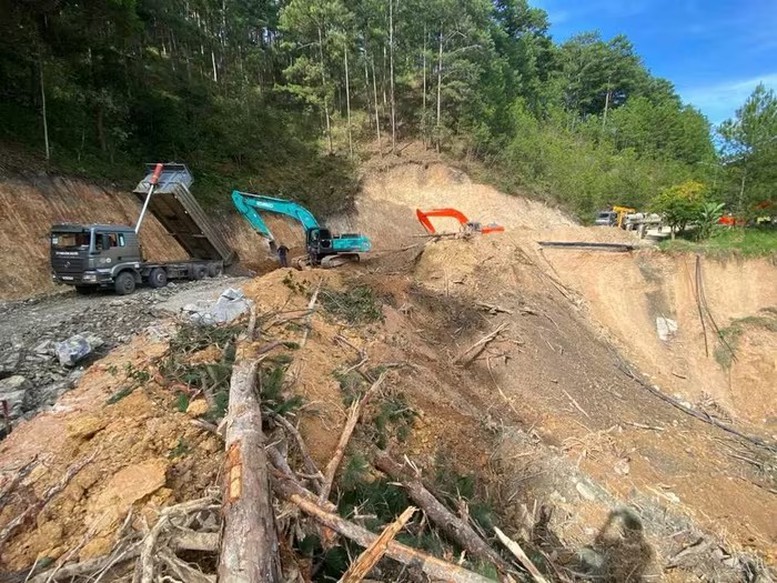
Severe damage on National Highway 27C. Photo: CTV
Most Challenging Landslide Sites
These sites presented the most complex challenges, with cracked road surfaces, unstable slopes, and particularly at D’Ran Pass, where over 64,000 cubic meters of debris severely damaged the road foundation.
At Mimosa Pass, Project Management Unit 85 widened slopes, compacted soil, and laid temporary surfacing to enable partial reopening by November 28.
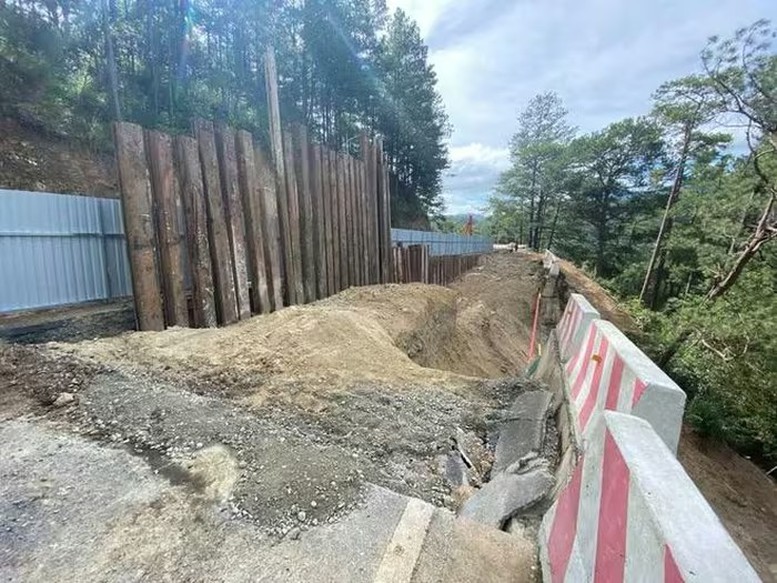
Severe landslides on passes along National Highways 27C and 20 in Lam Dong and Khanh Hoa
At Prenn Pass, Mr. Nguyen Van Thanh identified prolonged water infiltration as the cause of slope instability and road displacement. He directed teams to inspect drainage systems, create water channels, and stabilize slopes. Local authorities aim to reopen one lane by November 28, with permanent repairs to a damaged retaining wall scheduled before Lunar New Year.
D’Ran Pass, the most critical site, poses significant challenges due to massive debris volume and complex terrain. Road Management Zone IV has requested additional crews, trucks, and machinery, along with steel mesh support. Lam Dong’s Department of Construction pledges to reopen one lane by November 30.
Central Vietnam Floods: Suspended Railway Lines and Cracked National Highways
The relentless downpour over the past several days has paralyzed critical transportation routes across Central Vietnam. The North-South railway has suffered severe damage, with dozens of sections experiencing eroded foundations and slope landslides. Major highways from Da Nang to Lam Dong have been buried under landslides, causing structural fractures and rendering them impassable.
Massive Flooding Forces Banks and ATMs to Suspend Operations Across Multiple Branches
Due to severe flooding caused by heavy rainfall in the South Central region, numerous banks have temporarily closed their branches, transaction offices, and ATMs in the affected areas.




